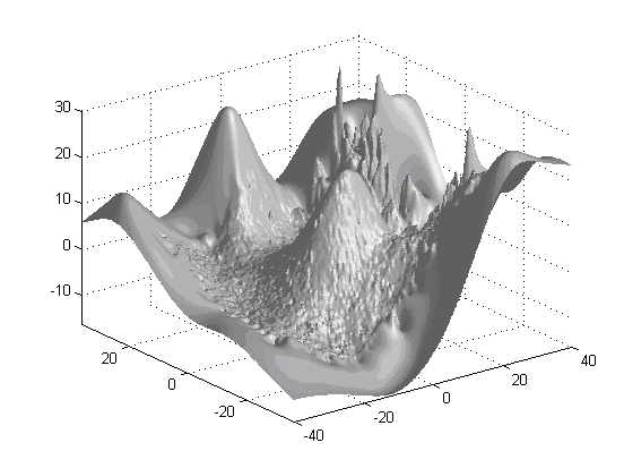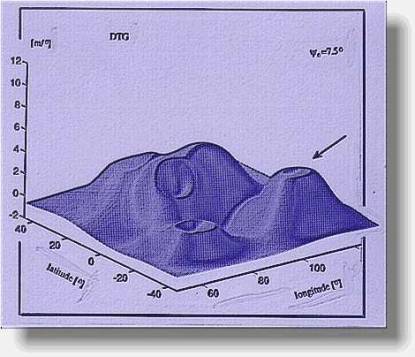The Truncation Filtering Methodology (TFM) belongs to the gravity data interpretation methods based on data enhancement and pattern recognition. The TFM is a novice methodology still under development. It is based on filtering the gravity data by means of integral transforms - convolution integrals - with various kernels and one free parameter. This leads to not one image but to an animated sequence of images displaying dynamic patterns. The patterns and their onsets are expected to serve for determining various geological formations and features and for estimating the depth of some of their elements. Such a knowledge and method of interpretation are to be achieved by means of synthetic modeling and case studies.

At first, synthetic density distributions represented by point mass anomalies were investigated. They produce the so called „dimple” patterns that enable the determination of the depth of a point mass anomaly. Next, more realistic density distributions representing real geological settings are to be studied. Currently we model and study salt domes embedded in sedimentary layers. In the future we want to study faults and other relevant geological formations. The synthetic modeling consists of (1) selecting a geologically relevant model, given by a geometry and density distribution, such as a 3D model of a salt dome, (2) computing synthetic gravity data generated by our model. The forward computation is performed using a suite „MOD3D”, written by Dr. Igor Cerovský. Next, (3) the modeled surface gravity data are filtered by the said integral transforms with a preselected kernel for a sequence of values of the truncation (free) parameter. The output „post-filter” data are then animated as sequences of profiles or sequences of 3D surfaces.
The animated sequences are visually inspected for the occurrence of dynamic patterns. The association of patterns with the features or elements of the given geological model is studied. A quantifiable relation between the behaviour of the found-out dynamic pattern and the depth to a

feature of the geological formation is sought. This is a highly subjective detective work dependent on the skills of the interpreter. The procedure is repeated for various simplified geological scenarios that are relevant to exploration for resources such as hydrocarbons and other, or for tectonic studies. Dr. Peter Vajda and his PhD student Mgr. Jaroslava Pánisová are devoted to this work.
For the introduction to the TFM see the Truncated Geoid and Gravity Inversion
For more details on the TFM methodology research see the TFM.